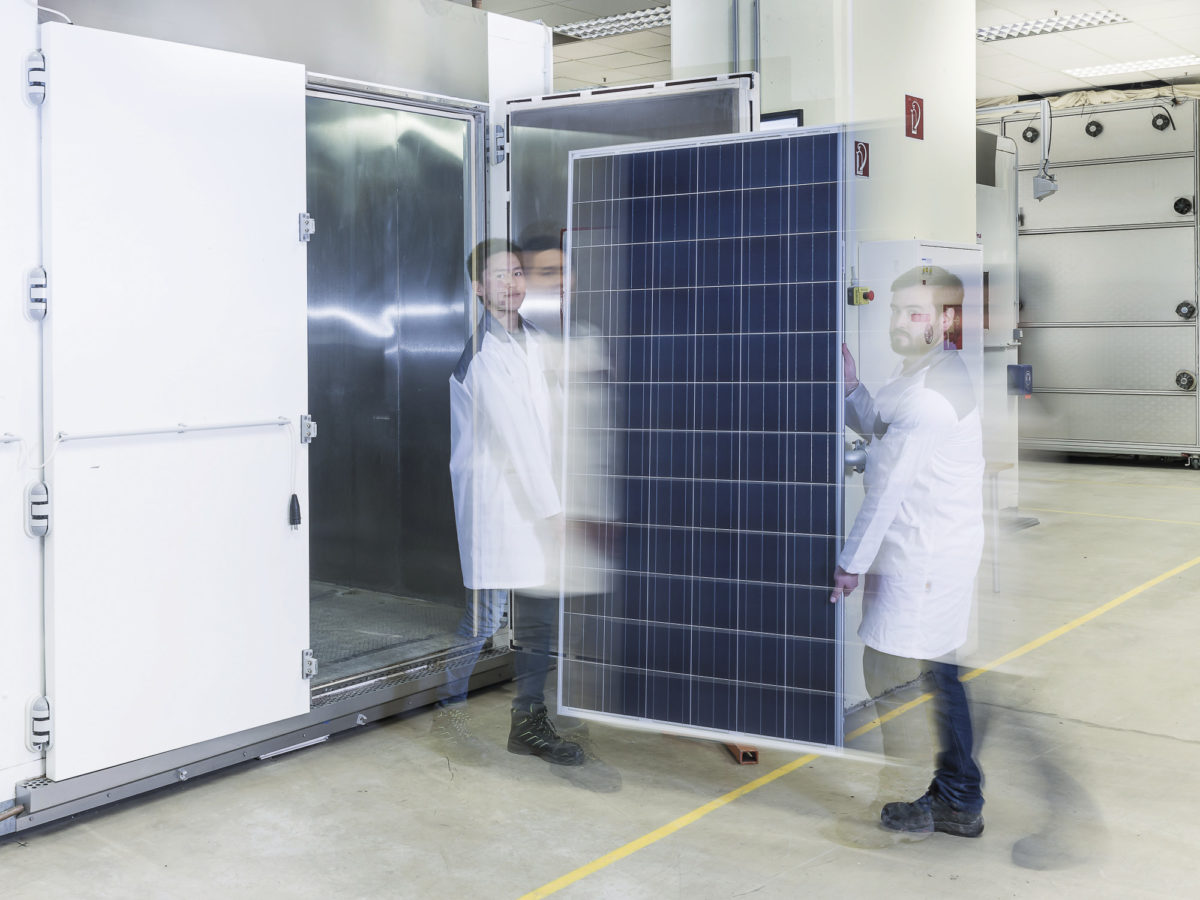Light-elevated temperature-induced degradation (LeTID) is one of the most feared factors for solar module degradation among PV plant owners and the mechanisms behind this phenomenon have not been fully understood by scientists and the solar manufacturing industry to date.
Several academic institutions and industry experts have sought to identify its root cause in recent years and, although a few signs of progress were made to decrypt the kind of degradation triggered by this mechanism, which mostly affects p-type silicon PV technologies, there is still an aura of mystery around it. There is now general research consensus, however, that hydrogen and metallic impurities play an important role in causing LeTID.
A new study conducted by researchers at Australia's University of New South Wales has now not only highlighted the most recent advances made in understanding LeTID, but has also presented an extensive overview of what kind of mitigation strategies are being put in place by module manufacturers to reduce its effect. “LeTID was recently shown to occur in almost every type of silicon wafer, independent of the doping material,” the scientists said. “Even though the degradation mechanism is known to recover under normal operation conditions, it is a lengthy process that drastically affects the energy yield, stability and, ultimately, the levelized cost of electricity (LCOE) of installed systems.”
Need for standards
The research group stressed the need for standard and accelerated LeTID tests to be implemented during the production processes. “The International Electrotechnical Commission (IEC) has since attempted to draft and implement a standard of testing in both cells and modules, although there is still debate over the testing conditions,” it said. “The use of current injection techniques for module testing is preferred over illuminated annealing as it is easier to achieve than the provision of a uniform temperature and light coverage over the entire area of a module.”
The study pointed out all the defect characteristics of LeTID. These include its dependence on the peak temperature of the solar cell metallization or contact firing process, a universal defect in silicon, a dependence on dielectrics, and a spatial dependence of degradation. The scientists also described the rate at which the lifetime of the wafer degrades and recovers during an LeTID cycle.
Popular content
Mitigation strategies
The Australian group also presented all mitigation strategies that are being adopted to reduce the effects of LeTID during and after production. “Numerous techniques have been reported in the literature, either as changes to the fabrication steps of the solar cell or as additional post‐processing steps on finished solar cells,” it further explained. “From a starting material perspective, LeTID extent reduces with wafer thickness, and thus, using thinner wafers could be one approach to reducing LeTID in solar cells.” According to the academics, however, making thinner wafers may cause yield and handling issues, particularly for screen‐printed solar cells.
Material selection, process adaptation and post‐cell fabrication steps are indicated as the three main strategies applied to fight LeTID. “Solar cell manufacturers have been able to suppress LeTID in these cells from the typically reported 10%–12% relative efficiency loss to less than 2% relative,” the scientists added. “Ongoing investigation into the exact nature and composition of the defect is likely required to fully eliminate this problem.”
Their findings were presented in the paper Progress in the understanding of light‐ and elevated temperature‐induced degradation in silicon solar cells: A review, published in Progress in Photovoltaics.
A similar study was published by scientists led by the Chinese Academy of Sciences in August. Earlier in June, Germany's Fraunhofer Institute for Integrated Systems and Device Technology IIS announced a research project to fully understand the causes of LeTID in PERC solar cells.
This content is protected by copyright and may not be reused. If you want to cooperate with us and would like to reuse some of our content, please contact: editors@pv-magazine.com.



“Solar cell manufacturers have been able to suppress LeTID in these cells from the typically reported 10%–12% relative efficiency loss to less than 2% relative,” the scientists added.
Per year?
Hi Mike,
Most of the testing conditions used to assess the extent of degradation within the lab is done so in an accelerated fashion. This 2% relative would consider the overall maximum effect of LeTID over the lifespan of the module. Since LeTID also has a recovery mechanism at prolonged durations, you might be seeing degradation within the first couple of years, followed by recovery over subsequent years. The exact time scales will depend on the climate, location, and other environmental factors.